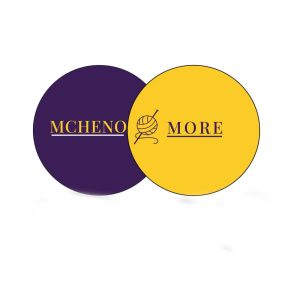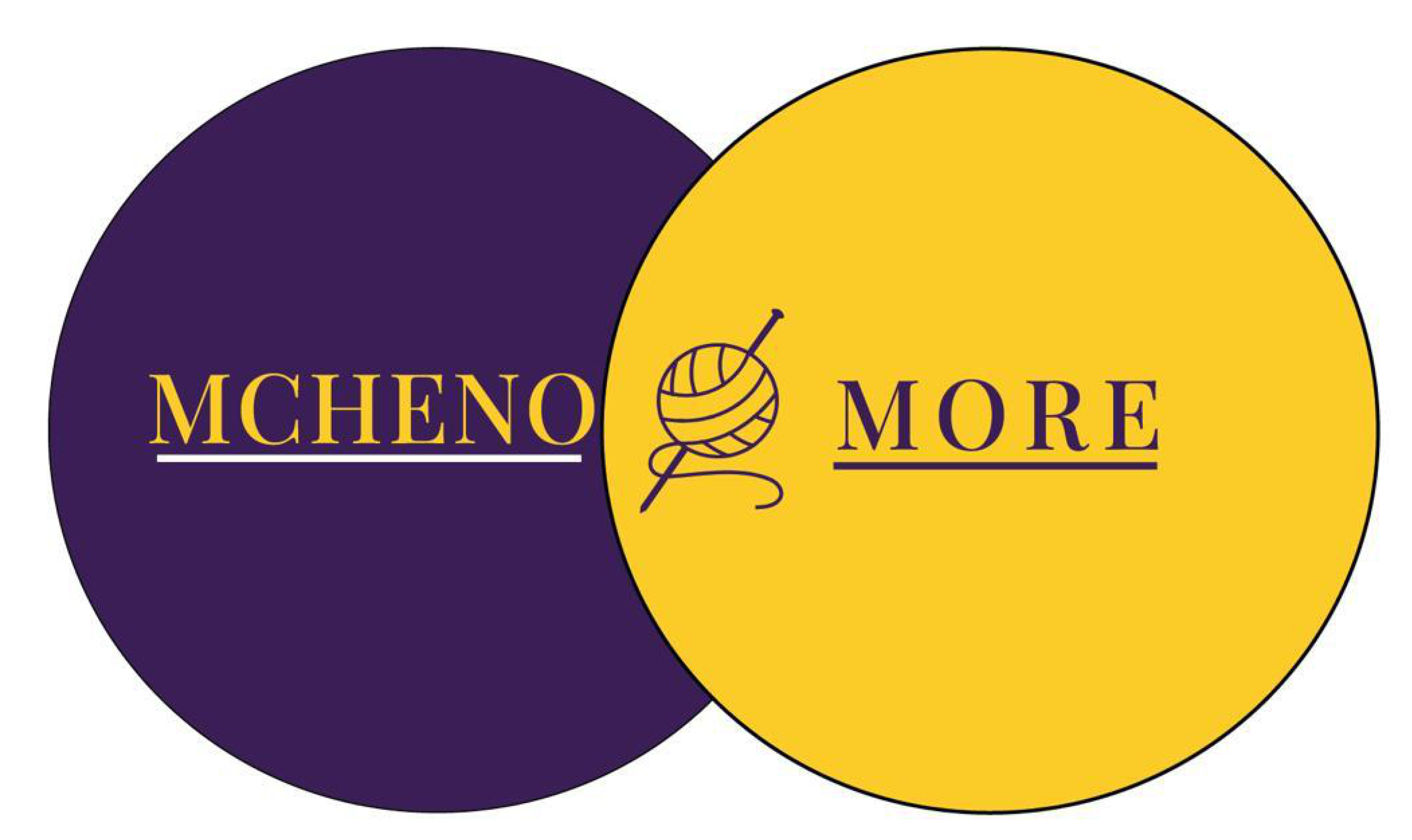Art is as old as existence itself. And it serves a uniquely indispensable existential and cathartic function as the innate cultural element of any particular people, in how it reflects personal and collective expression and desires, this in itself communicating certain messages about what people believe in.
In this regard, fashion comes to the fore with unparalleled and ineluctable salience in as the core of humanity’s cultural expression—an art form that serves as the basis of what people believe about themselves, all predicated on what they wear. A way to expressly and implicitly convey social, political, economic, spiritual, and artistic messages. This is an [incontrovertible] truism for any civilization.
A Briefly Cool Rumination on Fashion, Art, and Community
It goes without saying that existence would such be a painstakingly drab exercise of sheer futility if human beings were not creative and assiduously deliberate about what they put on their bodies as clothing—either as a sheath from the heat, rain, wind, snow; or for just looking desirable, classy, religious, formal, casual, outgoing, and certain about what they desire in life.
Yet, in an equally contradictory dimension, it is also remiss for us to overlook the perennial policing by other [dominant and oppressive groups/classes] on what others should/should not wear—a stranglehold on the creativity that fashion tastes/preferences elicit and inspire in people. Do not wear mini-skirts, some would exclaim. We of course know they are terribly misguided.

The creativity coming out of Zimbabwe—across all art forms—is beyond astonishing. To say it is phenomenal may risk being an understatement.
Young creatives/artistes/designers in post-colonial contemporary Zimbabwe (notwithstanding their ideological/counter-hegemonic consciousness and awareness) have ushered a somewhat “golden age of art” in the country; a cultural renaissance of some sorts—especially with street art and youth sub-cultures.
Again, notwithstanding the overwhelming urban biases and desires for individual recognition. And in this, fashion comes into vogue.
The fashion industry in Zimbabwe is an intriguing particularity of this artistic and cultural phenomenon in its holistic sense.
Fashion designers in Zimbabwe are exhibiting their untamed zest to transcend the confines of certain given conventions widely accepted as the prevailing wisdom of what should be deemed ‘normal’ and ‘acceptable’ [in the fashion and artistic sense].
The willingness to trudge a new path in ways that present art as an inherent element of meaningful existence has found animated expression through fashion, which has been marvellous—what people wear directly denotes the beliefs, values, and norms of any given demographic; with this becoming the dissemination of defiant and optimistic messages through fashion.
THE SKEYI AND STROBO FABRIK PARTY IN ZIMBABWE
One such [art and fashion] platform in Zimbabwe giving life to this is the Skeyi and Strobo Fabrik Party. Mcheno & More had the wonderful opportunity to witness this party about fabrics—a celebration of Zimbabwe’s street art, fashion, innovation, and youth sub-cultures.
It is all about “participating, showcasing”, and revelling in vending spaces for everything to do with street art. Mainstream and institutionalized art culture may be reluctant to re-cognize Fabrik Party, but that is where the revolution lies therein—in being not initially embraced.
The SS Fabrik Party is a haven for fashionistas and everything art. It is an apt and contextual platform serving as a much-needed space for young creatives/artistes/designers in Zimbabwe to display their infinite and immense artistic talents in an uncut, unfiltered, uncensored, and raw manner—transcending the dominant policing of fashion styles that characterizes our current era.
And we find the attestation of this through the SS Fabrik Party editions held on the 4th of September 2022. It was a colourful, vibrant, and joyous festivity of unconventional art; the celebration of unorthodox fashion tastes and items by bringing together fashion designers and enthusiasts from different parts of [urban] Zimbabwe into one space.

The fifth edition of the SS Fabrik Party was in March 2022 and the final edition for this year is to be held on the 11th of December, a Harare Edition themed SS FABRIK PARTY HARARE EDITION, “THE CITY WE KNOW.”
Fabrik Party is the coolest fashion and artistic revolution in Zimbabwe right now; and this is a safe and reliable assertion.
The Unique Strength and Identity of SS Fabrik Party
What we like the most about Fabrik Party is the unrivalled and palpable enthusiasm that young fashion designers exude towards the proliferation of progress in Zimbabwe’s fashion industry. And what we see does not mirror established names—but determined nascent creative spirits.
It is strictly about promoting local talent; without reducing the phrase “local talent” to conventional banality it perennially suffers from—Fabrik Party is a defiant transcendence of debilitating inferiority complexes that have inexorably excoriated the organic flourishing of progressive local contexts in our artistic spaces.

Local talent is thus not merely local talent: it is us, in our full humanity; it is our innovation, intelligence, and creativity; it is our existence in its totality; and we ought to celebrate our art proudly, to revel in the glorious and unique excellence of our fashion tastes/preferences.
In essence, Fabrik Party is the altruistic empowerment of Zimbabwe’s arts and fashion industry: its designers, its followers, its adherents, its people—the ingenuous creativity and art; unhinged. The displays at the Fabrik Party’s editions are an attestation of this.
Here, we have the lofty conflation of coolness and revolution, even though this may be not immediate to the consciousness of various young designers showcasing their talents via Fabrik Party.
But we are sure these young creatives will gradually come to the conclusion—through their own dialogue and fashion ingenuity, as aided by the platform’s leaders and founders—that the concept of Fabrik Party should efflux to all other aspects of existence so that we truly feel proud in our own skin and in our own art. To bask in the glory of our own fashionistas who rebel against the globalized dictates of what cool and trendy fashion must entail—rebelling against big fashion labels and the attendant cheap knock-offs for our own distinct styles.
What The Young Creatives Had To Say
“[The September Fabrik Party edition today] was sick; people are showcasing their brands as well as supporting the brands of others on display; there are models, fashion designers, and other creatives in the industry. The youths are being exposed to different trajectories in the industry because some of the designs here are new and haven’t been displayed anywhere. I would not go as far as saying Fabrik Party is a revolution because many people haven’t seen the stuff we’re doing yet, but when many people see what we’re doing, it becomes a revolution.”
This is what fashion model and stylist Ebbernezer Muchuwa had to share with Mcheno & More regarding his views on Fabrik Party and what it portends as far as urban culture is concerned. He stressed on the significance of Fabrik Party in that it brings people together.

Most of the creatives registering their attendance at Fabrik Party editions—with Fabrik Party being a new thing altogether—become aware of the fashion events through friends and peers in the creative industry, and as wholly confined to urban spaces.
The entrance fee to a Fabrik Party event mostly done in Harare is pegged at USD$10, which is somewhat a vague figure when it comes to affordability (factoring in social class, gender, and racial cleavages). Some can easily afford, others, despite the passion, cannot.
But then sustainability is always crucial in pushing an idea through the initial rough stages. So while Fabrik Party may on surface level bring off an elitist feel, this is not the intention of its founders and all the creatives who come to its events.
Tonderai Adam, an enthusiast in the fashion enterprise with a niche in the sneaker sub-culture remarked, “We have been in the streets from the beginning..Everything starts by building communities and the community is growing very fast and we are going to be the leading trendsetters in the country. It shows that us as young people we are open minded to operate on the global level and shine back on the country.”
He is not worried about the censoring of art if it is to happen to them, given that the world has become one globalized hub. What we love here is the creation of an artistic community hungry to strive for artistic and creative heights never scaled before—Fabrik Party portends optimism.

Counter Narratives
On another place, because of the meeting of minds of creative geniuses, Fabrik Party serves as a platform for counter-hegemonic, anti-establishment, progressive, and emancipatory discourses and narratives for solidarity among young people, in an inter-generational manner that engenders praxis.
“I think [an academic and political] discourse like feminism is possible. If the feminist designers bring us the feminism, and talk to us and introduce to us feminism, obviously not all of us,” said Rufaro Chiwandire, a fashion deisgner (she designs denim jeans) and graphic designer. To her what matters is “designing her own world” and using fashion as an artistic instrument for contextual catharsis, and she believes strongly that Fabrik Party can empower the youths given how “it is going big”, and that “all youths must come” and witness “the different vibes” to discover their talents too.
She discovered Fabrik Party through a friend in arts and fashion circles and through social media, advising that perhaps vigorous spreading of Fabrik Party via word of mouth may be a good sign of praxis in increasing the attendance of other youths.
In this, Fabrik Party becomes a cool counter-hegemonic platform. Mimi Bouvierr, a fervent artistic genius who “dabbles in the arts industry” as a photographer, events organizer, stylist, and creative director for Intricate Lifestyle, shared with us a few invaluable insights.
“Fabrik Party supports brands but when I say brands we’re not supporting big brands that are part of capitalism, that are party of the hype; we’re supporting local brands, local creatives; we’re supporting creatives that are working locally with what we have here, brands that are making clothes with fabric that is sourced in Zimbabwe so we are countering [all this globalization mimicry] by supporting our own people that have their own vision—no copycats, no people that go to town and buy Balenciaga, Nike, and the like.
“You barely see anyone here with actual [big capitalist] brands … So we, as a people that support the Fabrik Party, people that buy the art, people that buy clothes made in Zim—we’re supporting Zimbabweans and not capitalism. We’re supporting things that are locally sourced here and I think that’s beautiful, and that’s how we come up on the map in the creative scene.”

And for Mimi, Fabrik Party, by bringing young people together, means that it portends life-affirming and life-enhancing chances for counter-narratives such as community solidarity, and left-leaning discourses such as feminism, LGBTQ solidarity, Pan-Africanism, etc.
“The point is that we’re bringing people together in one space so that they’re able to network and exchange ideas, they’re able to find their peers in politics, art, and fashion, and this is a ground for people to speak up; it’s a safe space, it is safe to speak up here and be yourself. [Fabrik Party] encourages different stories, different narratives, and for people to know each other.”
A Safe Space Indeed
The Skeyi and Strobo Fabrik Party—led by the super creatives Ulenni Okandlovu, Marcus Zvinavashe, Nyasha Jeche, among others—is a celebration of ‘underground’ youth sub-cultures in how they address and showcase street art, innovation, and unconventionally cool fashion art without judgment.

It is steadily rising in popularity and this is a positive portent for progress and youth solidarity and emancipation. It embraces all kinds of creativity and art; it does not place any limitations on fashion and is divorced from the confines of traditional politics.
It radically diverges from Western mimicry which vast sections of African populations are reeling under—it provides authenticity of the self, organic and progressive contexts for growth; it gives urban street culture a voice. It is indubitably and concretely the coolest revolution in Zimbabwe.












